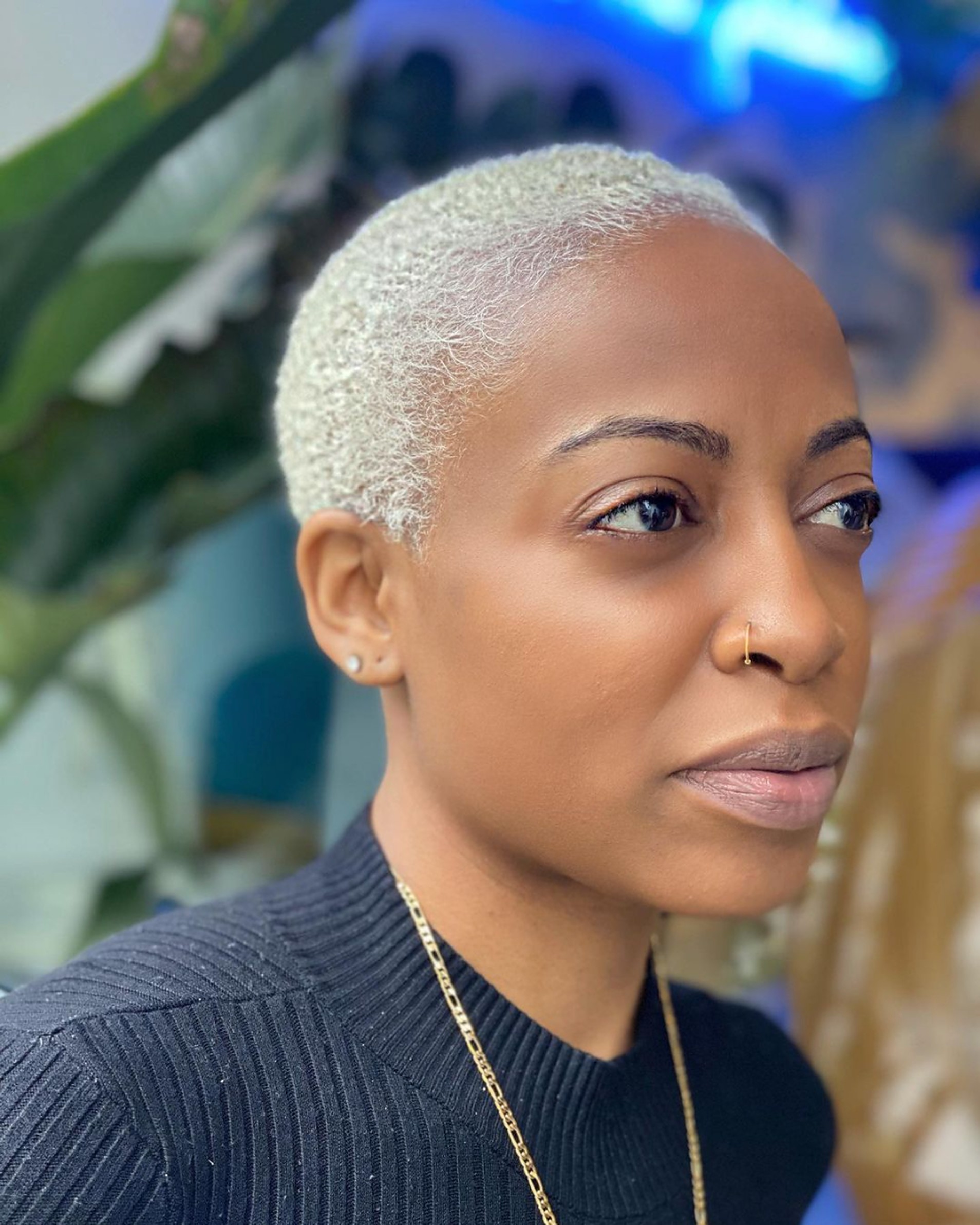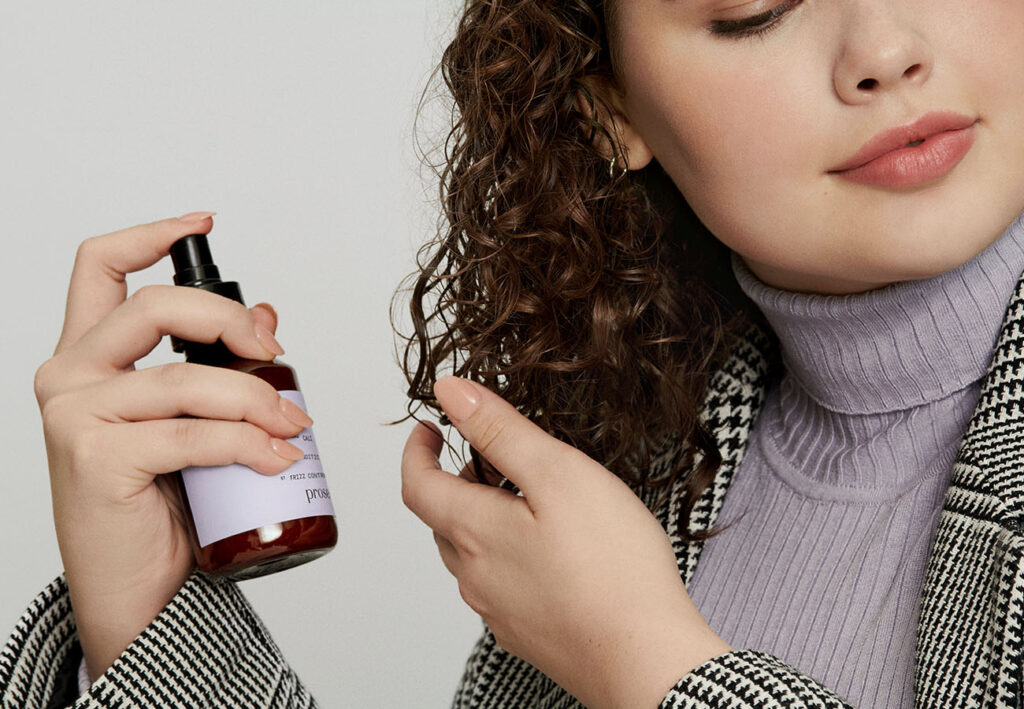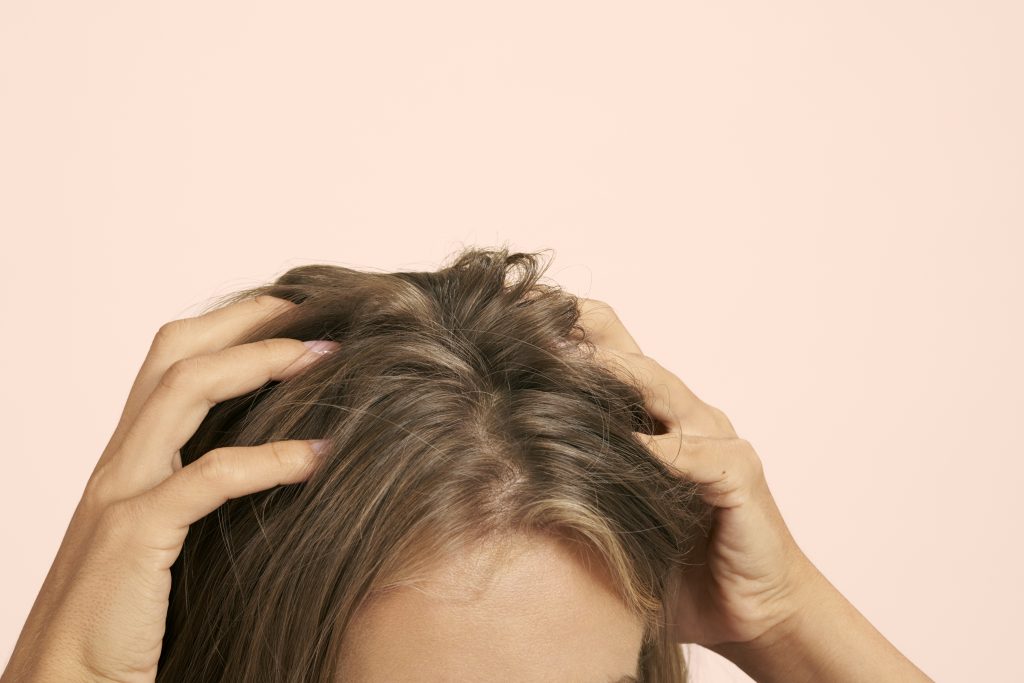How to grow out long hair, for men
1. Set realistic expectations–especially regarding your hair density
One of the hardest parts of growing out your hair is enduring the awkward stages along the way. This isn’t just the poofy, mushroom-like hair that you might have at month six, but also the fact that any thinning or receding can be severely highlighted throughout this process. While a four-inch-long style can nicely cover recession, an eight-inch style will expose any and all hair thinning and loss. Your hair density, texture, and quality will all dictate the final result, along with the hairline itself. So, try to find photos of guys with your similar hair type, and see how they executed the long hair. Davie suggests getting a second opinion from a professional hairstylist or dermatologist. The latter can even help you entertain options for restoring fullness (often using prescription medicines), if the hair has significantly thinned in the past year or so.
2. Boost your efforts with hair supplements
Aside from any medical or prescriptive hair-growth measures, you should consider some over-the-counter supplements that can help reinforce hair strength and resilience from the root up (for hair and scalp alike). You want to create an optimal environment for hair—in that the scalp is like the soil from which the hair grows. Think of these supplements as fertilizer for scalp and hair alike, targeting the root of the hair where the two meet. You’ll see a variety of ingredients across various hair supplement brands, but make sure yours promises to help anchor the follicle bulb, while sprouting thicker, stronger, and faster-growing strands. These are the benefits delivered by Prose’s own hair and scalp supplements, which are powered by keratin-enriching millet seed extract*.
3. Get a haircut at regular intervals along the way
If you want your hair to grow long, then a haircut might seem extremely counterproductive. However, consistent cuts are the key difference between enjoying this long process and dreading each day. (It’s what ensures that you look your best each step of the way, even when some stages look less flattering than others.) These cuts will help the style lay smooth, while coaching the style into a handsome, wearable state. It will prevent or eliminate split ends, and give you valuable time with a stylist who can educate you on your evolving product and care regimen.
“Hair grows about a half an inch every three to four weeks so you’ll want to give yourself months before your next appointment,” says Davie. Generally, you can wait six to eight weeks between medium-hair cleanups, and then every eight to twelve weeks after the first nine months. “You need enough time in between a trim or touch up to really evaluate how your hair is growing, and to properly predict your next move,” Davie adds.
4. Prioritize scalp health
As we said above, the scalp is like the soil from which hair grows. “Hair growth is stimulated by blood flow, and the nutrients it delivers,” says Davie. As such, you need to maintain a healthy scalp in order to get maximum nourishment to the follicles and strands. Davie says simply staying hydrated is one of the best ways to ensure this. You can also supplement your diet (as outlined in the previous tip), while also washing every few days with a detoxifying, purifying shampoo, to eliminate residue and excess sebum while creating a harmonious, balanced growth environment. (Namely, no irritation, flaking, itching, etc.)
Why you need a scalp mask in your haircare routine
5. Condition and nourish hair frequently
One of the biggest differences between short or medium styles and longer ones is the need for heavy-duty nourishment. When your hair is only ever three or four months long, you don’t have to worry about leave-in conditioners and bond-building hair masks. But with longer strands, any damage endured will stick with you; you cannot simply snip it off and start fresh as easily. So, mask treatments, fortifying hair oils, and leave-in conditioners are imperative (beyond the routine use of hair conditioner while showering, which your short-haired brethren are also using). It is especially important to target the mid-lengths and ends of your hair with these products, oils, and creams, since they receive far less natural nourishment as they grow away from the scalp and its sebum production.
You must also regularly brush or pick out your hair, Davie says, depending on its texture. This will help create optimal conditioning settings (sometimes even distributing natural oils throughout the hair strands), while minimizing tangling and maximizing style potential.
6. Be mindful of environmental threats
Again, having long hair means living with the consequences of our decisions and habits. A weekend at the pool and under the hot sun will wear on your hair forever since it can compromise hair quality. However, if you use ultra nourishing and restorative products—as well as preventative ones when needed—then you can mitigate most of the worry. That means you have to quickly recognize any threats to hair health.
Blow dryers. UV rays. Cold, dry air. Humidity. Saltwater. Chlorine. Smoking. Alcohol. Air pollution. Dye and bleach. You need to anticipate all of these things (and more!) and help defend hair against any potential damage. This is often done with a simple pre-styling heat protectant to coat the hair’s cuticle and prevent moisture loss (like with blow dryers, sun exposure, and humidity), or by applying masks and conditioners to counter cold weather, chlorine, and the likes.
That’s not to say that one bad episode will spoil your hair quality permanently. Even people who bleach or dye their hair regularly manage to find ways to restore buoyancy. But, you can bet that the texture of their over-processed hair is a lot different than anyone who’s hair is largely undisturbed. Do what you can to preserve this health and avoid threats.
6. Have the right tools and products in your arsenal
It’s also important to expand your hair styling arsenal with a few new products. Here are four products that most guys won’t have prior to growing their hair out, but that Davie thinks are imperative for the process. We’ve already mentioned hair masks and heat protectors, but they bear repeating.
a. Dry shampoo: “Dry shampoo rapidly absorbs the excess oils at the scalp, which otherwise make the hair strands look greasy,” he says. By absorbing this grease, it gives hair a lift at the root, hence more volume without the need for shampoo. Don’t use it as a pure shampoo substitute, though; you can wash every third day or so, and deploy dry shampoo on the final day before a wash.
b. Hair masks: Hair masks are a once-weekly step that can pump proteins and other nutrients into the strands (and the scalp) to significantly boost strength, softness, and shine. (And in terms of scalps, they purify and balance while nurturing follicles.)
c. Heat protectants: “Heat protectants will coat the hair shaft and protect your hair from drying out,” says Davie. Besides using them before blow drying, you can also deploy them in warm, hot climates to avoid moisture loss and frizzing from humidity, and instead keeping hair silky smooth.
d. Texture spray: “Texture spray has the ability to make the hair appear more full and voluminous because it quickly absorbs the hair’s natural oil,” Davie says. Use it as an easy volumizer, and to build definition on the days when hair feels too flat and lifeless.
Wrap up
Focusing on scalp health, regular trims, and using quality haircare products is key to how to grow your hair out, men. For custom haircare that takes your personal hair goals into account try Prose. The in-depth consultation will create your perfect formula for success.
*These statements have not been evaluated by the Food and Drug Administration. This product is not intended to diagnose, treat, cure or prevent any disease.






